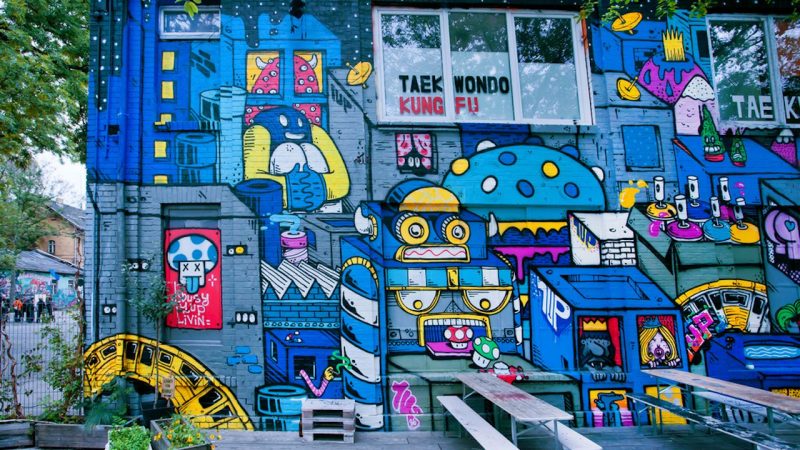Exploring the Ancient Treasures of China’s Forbidden City
Nestled in the heart of Beijing, China’s Forbidden City stands as a testament to the country’s rich history and cultural heritage. For centuries, this sprawling complex served as the imperial palace of China’s emperors, housing the royal court and serving as the political and ceremonial center of the Ming and Qing dynasties. Today, the Forbidden City is one of China’s most iconic landmarks, drawing millions of visitors from around the world to marvel at its majestic architecture, exquisite artwork, and fascinating history.
The Forbidden City, also known as the Palace Museum, covers an area of 180 acres and boasts over 9,000 rooms, making it the largest palace complex in the world. Surrounded by towering walls and a moat, the city was designed to be impregnable, with only one entrance – the Meridian Gate – providing access to the outside world. Once inside, visitors are greeted by a vast courtyard flanked by ornate halls, pavilions, and gardens, each more beautiful than the last.
One of the most iconic features of the Forbidden City is its striking architecture, which blends traditional Chinese design elements with artistic flourishes and imperial symbolism. From the intricate carvings adorning the palace gates to the colorful glazed tiles that adorn the rooftops, every aspect of the city’s architecture is imbued with meaning and significance. The Hall of Supreme Harmony, for example, is the largest and most important building in the city, serving as the throne room for the emperor and the venue for grand ceremonies and state banquets.
In addition to its architectural splendor, the Forbidden City is home to an unparalleled collection of art and artifacts that offer a window into China’s rich cultural heritage. The Palace Museum boasts over 1.8 million works of art, including paintings, calligraphy, ceramics, jade, and textiles, many of which date back thousands of years. Highlights of the museum’s collection include the famous Nine Dragons Screen, a stunning example of Ming dynasty craftsmanship, and the exquisite furnishings and decorations of the emperor’s living quarters.
Beyond its architectural and artistic treasures, the Forbidden City also offers a fascinating glimpse into the daily lives of China’s imperial rulers and their courtiers. Visitors can explore the emperor’s living quarters, including his bedroom, study, and private gardens, as well as the living quarters of his concubines and eunuchs. The city’s numerous halls and pavilions provide insight into the rituals and ceremonies that took place within its walls, from imperial audiences and banquets to religious ceremonies and military parades.
One of the most intriguing aspects of the Forbidden City is its mysterious aura of secrecy and exclusivity, which has earned it the nickname “the Forbidden City.” For centuries, access to the city was restricted to the emperor, his family, and his closest advisors, with ordinary citizens forbidden from entering its hallowed halls under penalty of death. Today, the city’s enigmatic past continues to captivate visitors, who come from far and wide to unlock its secrets and explore its hidden corners.
In recent years, the Forbidden City has undergone extensive restoration and conservation efforts aimed at preserving its historic buildings and artifacts for future generations. These efforts have helped to ensure that this magnificent cultural treasure remains accessible to visitors from around the world, allowing them to experience the grandeur and splendor of China’s imperial past firsthand.
The Forbidden City stands as a testament to China’s rich history and cultural heritage, offering a captivating glimpse into the lives of its imperial rulers and the world they inhabited. From its majestic architecture and priceless artworks to its enigmatic history and mysterious aura, the Forbidden City continues to fascinate and inspire visitors from around the world, inviting them to explore its ancient treasures and unlock the secrets of China’s imperial past. So if you find yourself in Beijing, be sure to venture beyond the Great Wall and discover the wonders that await within the storied halls of the Forbidden City.


